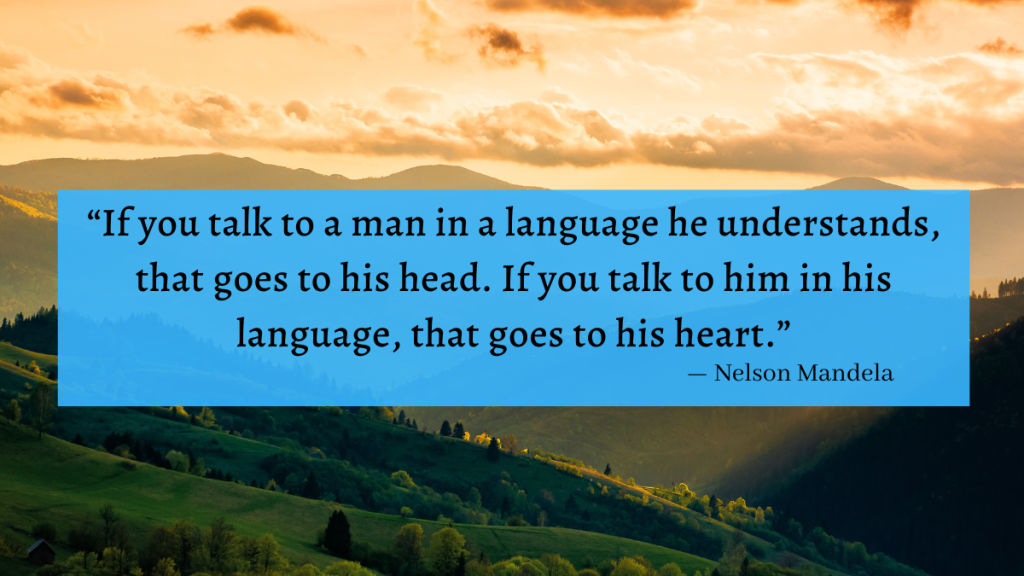
How can you have a conversation about a sensitive topic? Where to start? This month, I wrote several posts about information and resources related to suicide prevention. I have been able to compile figures and information that make it clear that suicide is a public health problem that we must address as a society. But despite all this information – despite knowing that this is a problem we must face – I still find it difficult to talk about it. In fact, many problems. And that’s because, while it’s gotten better, talking about suicide and its prevention is challenging. So what can we do?
There are several reasons why conversations about suicide prevention can be difficult. Mental health, mental illness and suicide remain stigmatized topics, sometimes making them difficult to address. There’s also the shame factor: People feel embarrassed or embarrassed by their struggle, which can affect how they approach someone. Sometimes getting help can be as simple as talking to someone, but it’s not always that easy. So how do we talk about it? what do we do?
One of the main reasons this seems like such a struggle is that we often have a reactive approach to suicide prevention. We don’t have conversations unless (or until) someone is clearly struggling, or someone has shared their struggle. In this way, suicide prevention is similar to many other topics: people who have personally dealt with mental illness and/or suicide, or know someone who has, will often be the ones who lead conversations about suicide prevention. .
But suicide does not discriminate. While there are communities and groups of people who are more at risk than others, suicide can affect people of any age, gender, religion, sex, class, or any other demographic group. No one is immune to this struggle and people often face these challenges at different times in their lives. Unfortunately, it is a reality of our lives in these times.
Why is it so difficult to talk about suicide prevention? Do we think it is not allowed? Do we think there needs to be a “good” reason to have this discussion? Are we worried that this will reduce people to talking about it? I’m trying to find an answer. Maybe by figuring out what makes it so hard to talk, we can start having the necessary conversations. We can talk about what to do when people feel isolated, when they’re struggling with things like depression or self-harm. We can create an environment where people are not ashamed to admit that they are struggling, because we all do it sometimes. We take care of each other like our lives depend on it because sometimes they do.
Talking about suicide and suicide prevention is not easy. To be honest, it may never be easy. But we can’t avoid it. While we have improved the way we talk about mental illness and mental health as a society, we face challenges that were not imaginable even a few decades ago. These new challenges require new solutions, and that can’t happen if we don’t have the conversations necessary to achieve change.
This month, I hope you can be proactive in the way you talk about suicide prevention. If there’s anything to learn from today’s post it’s that we all have a role to play when it comes to suicide prevention. Whatever yours is, I hope you can challenge yourself to take on that role, be brave in that attempt, and work with others in the fight against suicide. Each and every one of us is needed in this work and together we can create some change.








